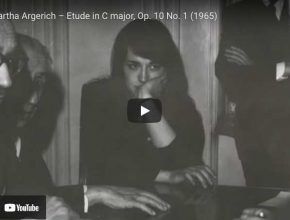Chopin’s Piano Concerto No. 1 in E minor, Op. 11, was written in 1830. It was first performed on 11 October of that year, at the Teatr Narodowy (the National Theatre) in Warsaw, Poland, with the composer as soloist, during one of his “farewell” concerts before leaving Poland.




















